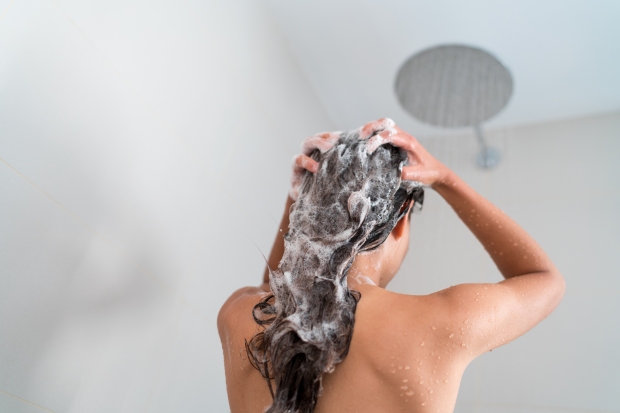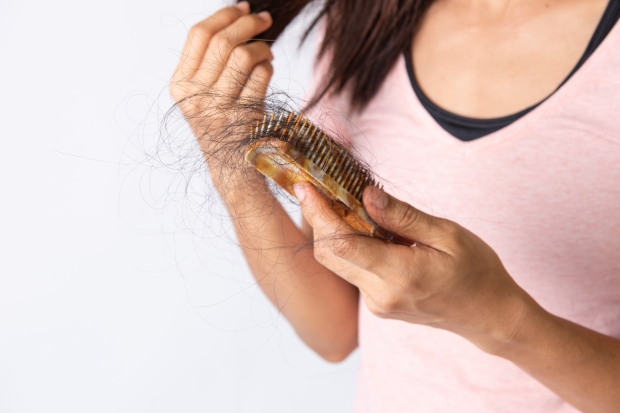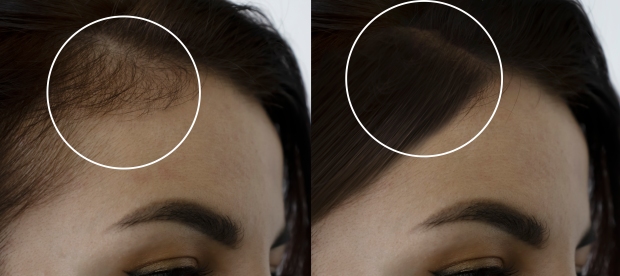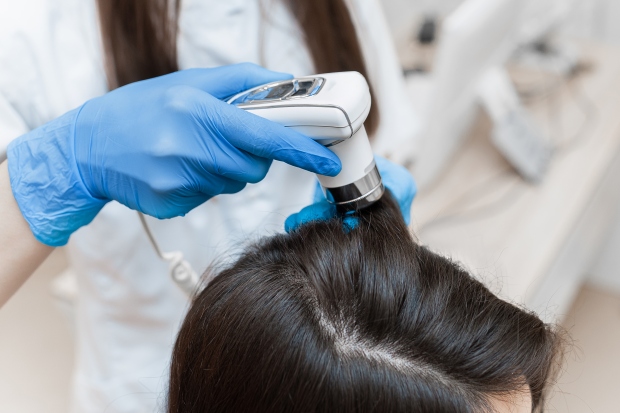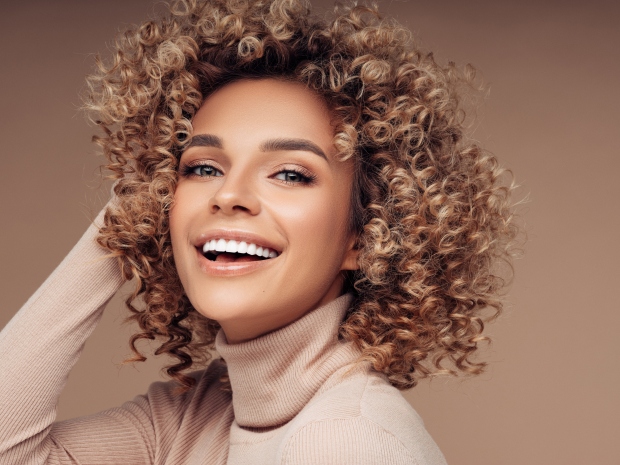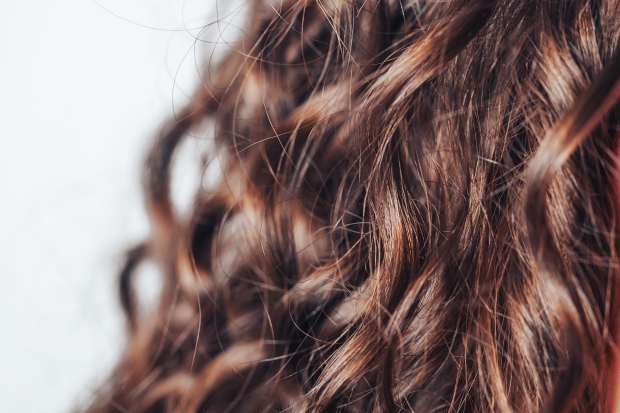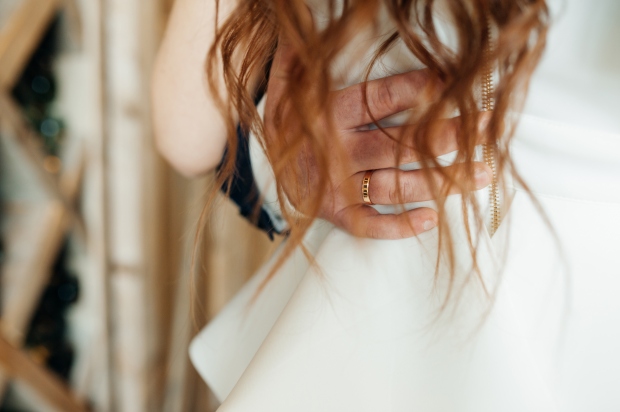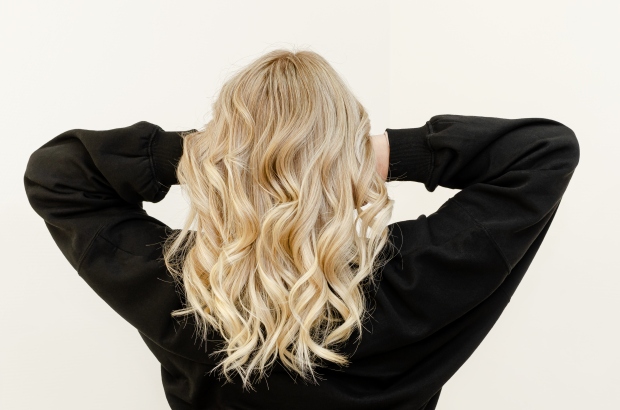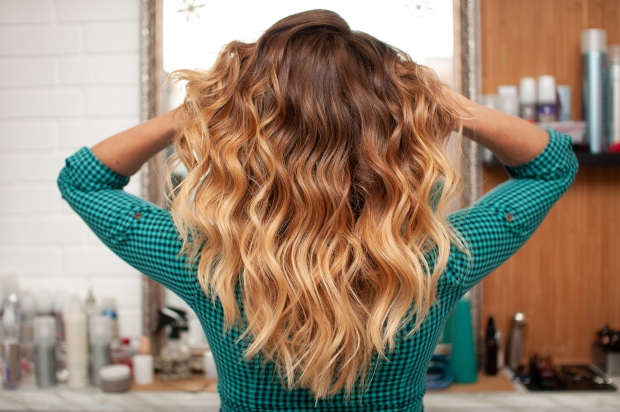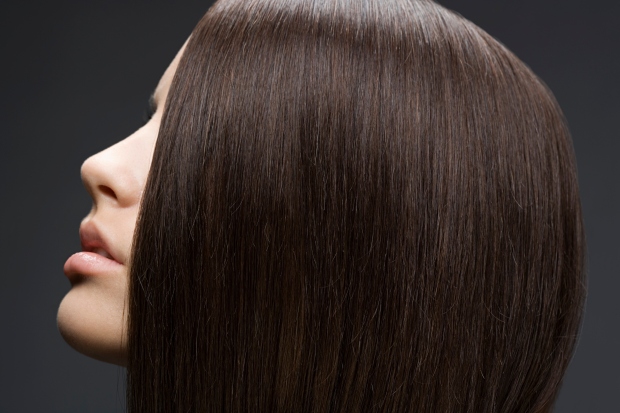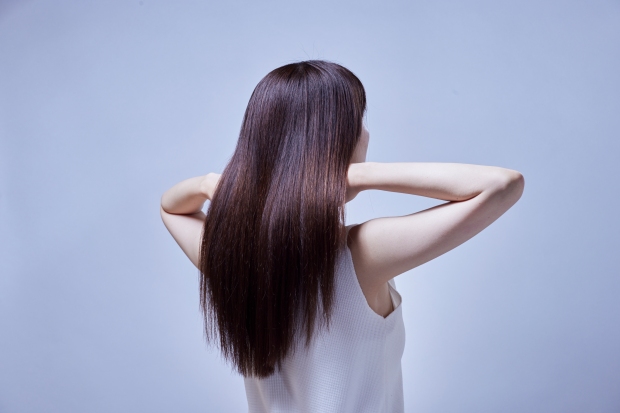Dandruff
Dandruff can be an annoying condition where you may be covered in white flakes from your scalp. One of the most common symptoms of dandruff is a very itchy scalp. You may feel the need to scratch constantly, resulting in white flakes falling from your scalp and then into your hair and onto your clothes. The flakes are excess skin cells that build up and then shed over time.
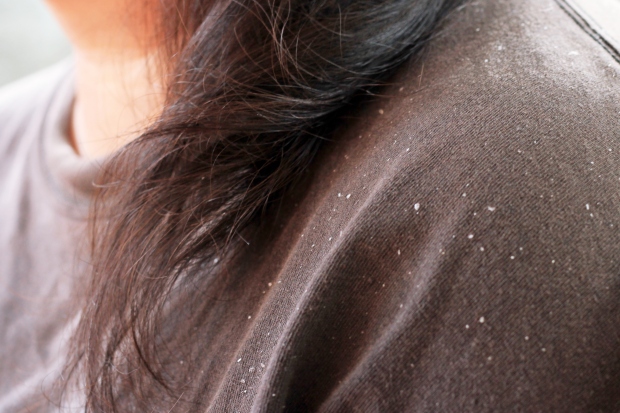
Many confuse dandruff with a dry scalp when the cause is the opposite. Dry scalp and dandruff may have similar results, but dandruff is actually due to a scalp with too much excess oil. Typically the flakes from dandruff are larger and sometimes yellow and even oily. This is due to the oil on the skin of your scalp causing buildup that must eventually shed off into those unattractive flakes.
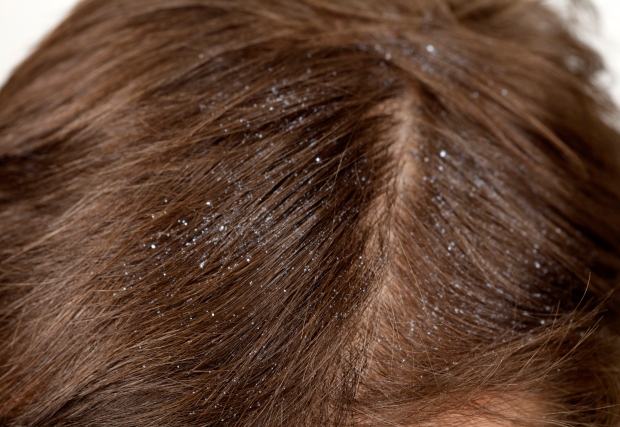
There are treatments for dandruff, and you don’t have to despair about not wearing black or having flakes show in your dark hair. The most common and easily accessible treatments for dandruff are specific shampoos. Usually, you can rid yourself of dandruff with a gentle shampoo used regularly. If this doesn’t solve the problem, using a medicated dandruff shampoo a few times a week should clear it up.
